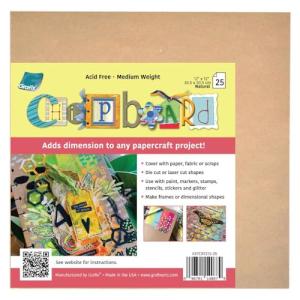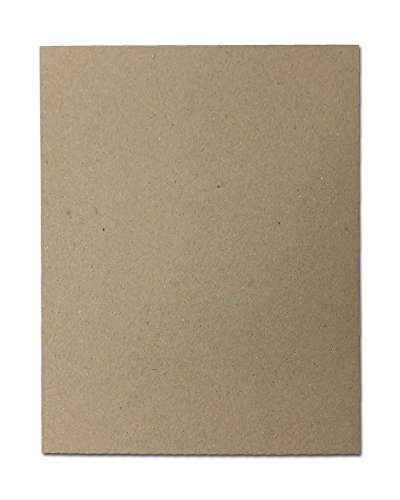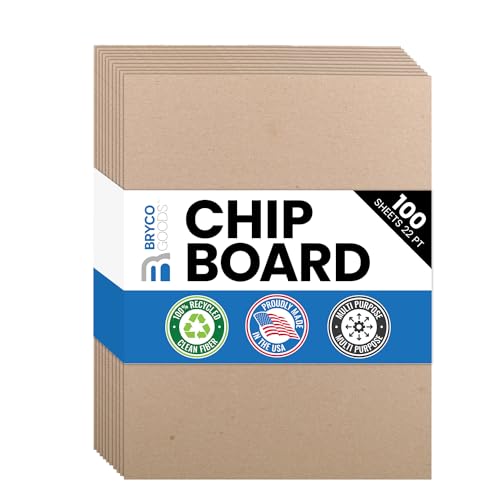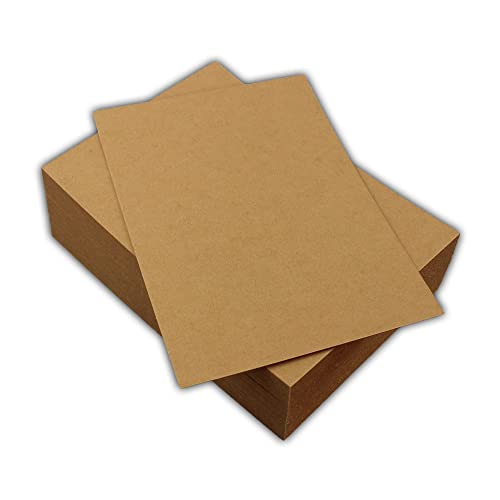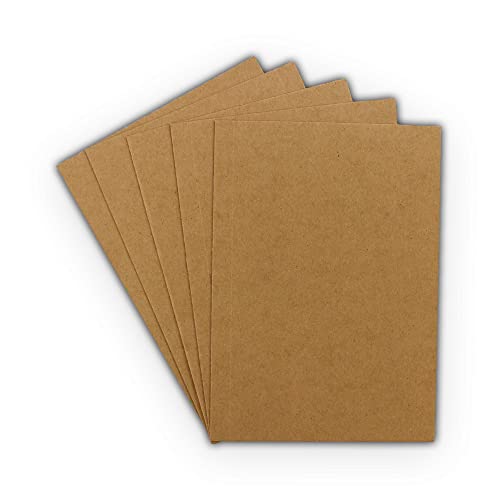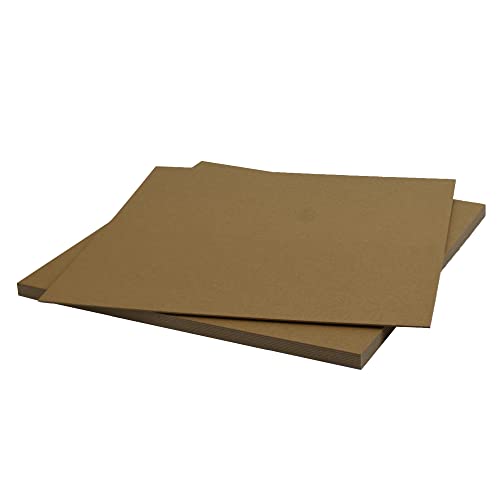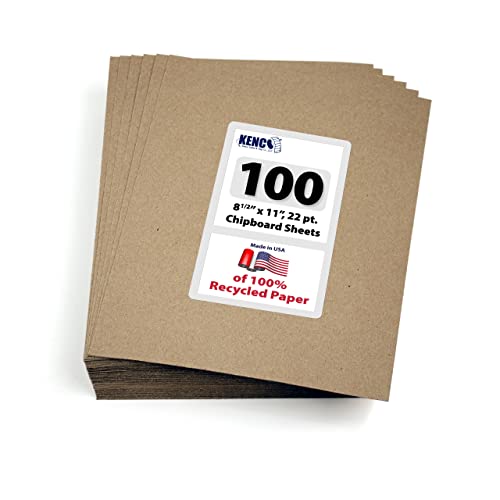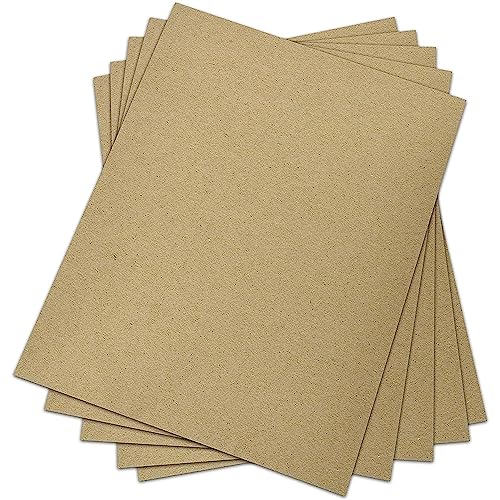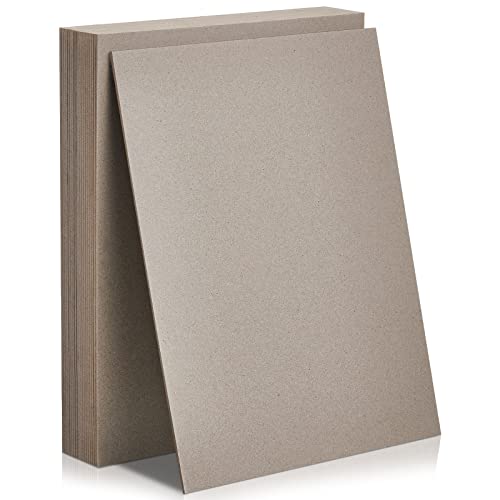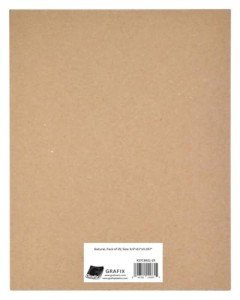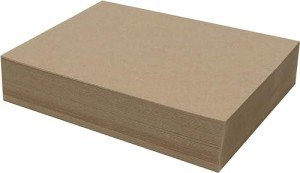Chipboard, a sturdy material made from compressed wood chips and resin, has emerged as a versatile and essential medium in the art world. Known for its durability and adaptability, chipboard offers endless possibilities for artists, model builders, and craft enthusiasts. This article delves into the various artistic uses of chipboard, highlighting its practicality and creative potential.
Understanding Chipboard: Composition and Varieties
Chipboard is made by pressing together wood particles with adhesive under high pressure and temperature. It comes in various thicknesses and densities, making it suitable for a wide range of art projects. Some common types include plain chipboard, which has a rough surface ideal for painting and gluing, and melamine-faced chipboard, known for its smooth finish.
Chipboard in Model Building: Precision and Durability
One of the most popular uses of chipboard is in model building. Its strength and ease of cutting make it perfect for creating architectural models, dioramas, and scale models. Chipboard can be easily shaped with basic tools and adhered with standard glues, allowing model builders to achieve precise and intricate designs. Additionally, its smooth surface can be painted or textured, adding realism to the models.
Unleashing Creativity with Mixed Media Art
Chipboard is also a favorite in mixed media art. Its ability to blend with other materials like paper, fabric, and metal makes it an excellent base for creative exploration. Artists use chipboard for creating dimensional pieces, adding depth and texture to their artwork. Whether it’s for making collages, scrapbook embellishments, or wall art, chipboard’s versatility shines in mixed media projects.
The Practical Side of Chipboard in Art
Apart from its artistic applications, chipboard is also appreciated for its practical benefits. It is a cost-effective alternative to more expensive materials like wood or metal. Its lightweight nature makes it easy to handle and transport, which is especially beneficial for large or multi-part art installations.
Getting Started with Chipboard: Tips for Artists
For those new to using chipboard, starting with basic shapes and experimenting with different adhesives and finishes can be helpful. It’s important to consider the thickness and density of the chipboard based on the project’s requirements. Sanding the edges for a smoother finish and sealing the surface for added durability are also recommended practices.
Chipboard - A Canvas for Artistic Innovation
Chipboard has proven to be more than just a building material; it's a canvas for artistic innovation. Its durability, versatility, and affordability make it a go-to choice for artists and crafters. From the precise lines of model buildings to the layered textures of mixed media art, chipboard offers a unique medium for creative expression, proving that beauty and art can indeed be found in the most unexpected materials.
